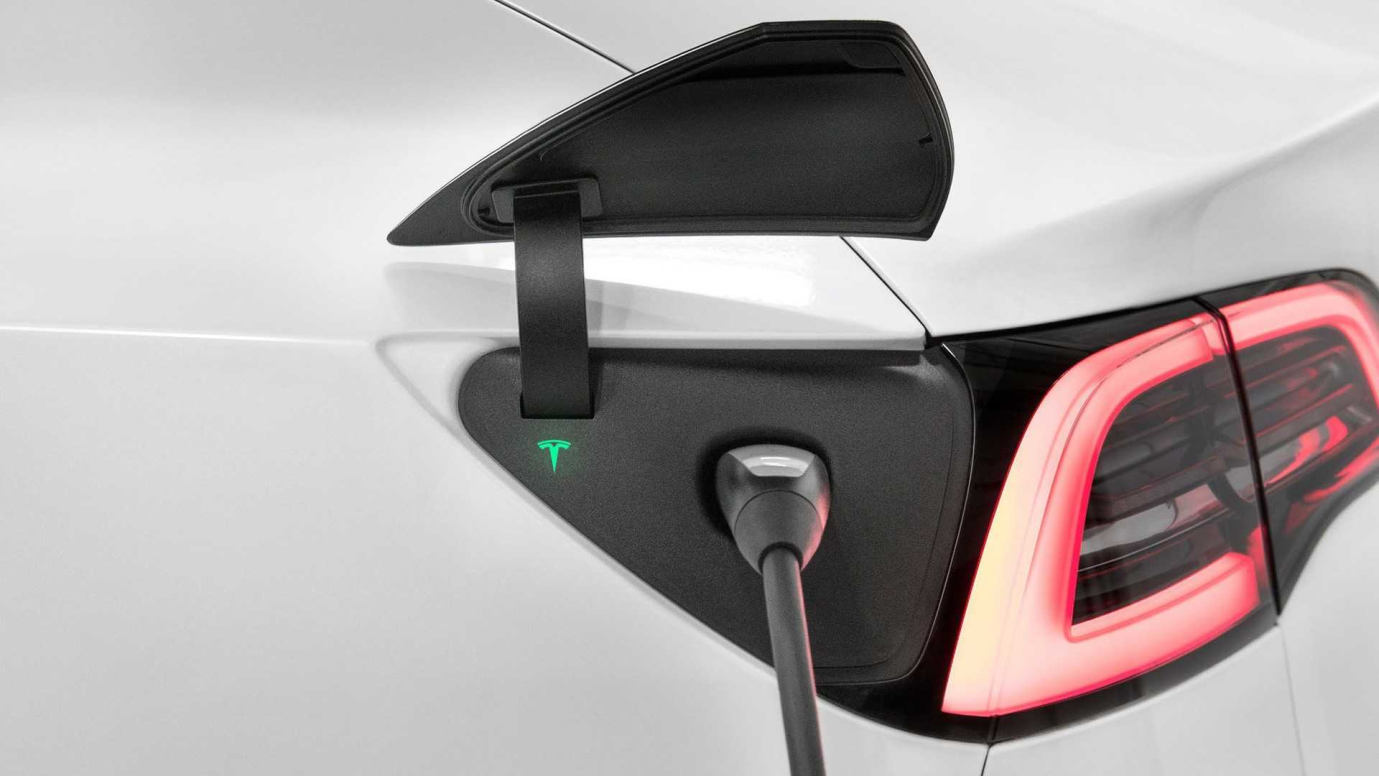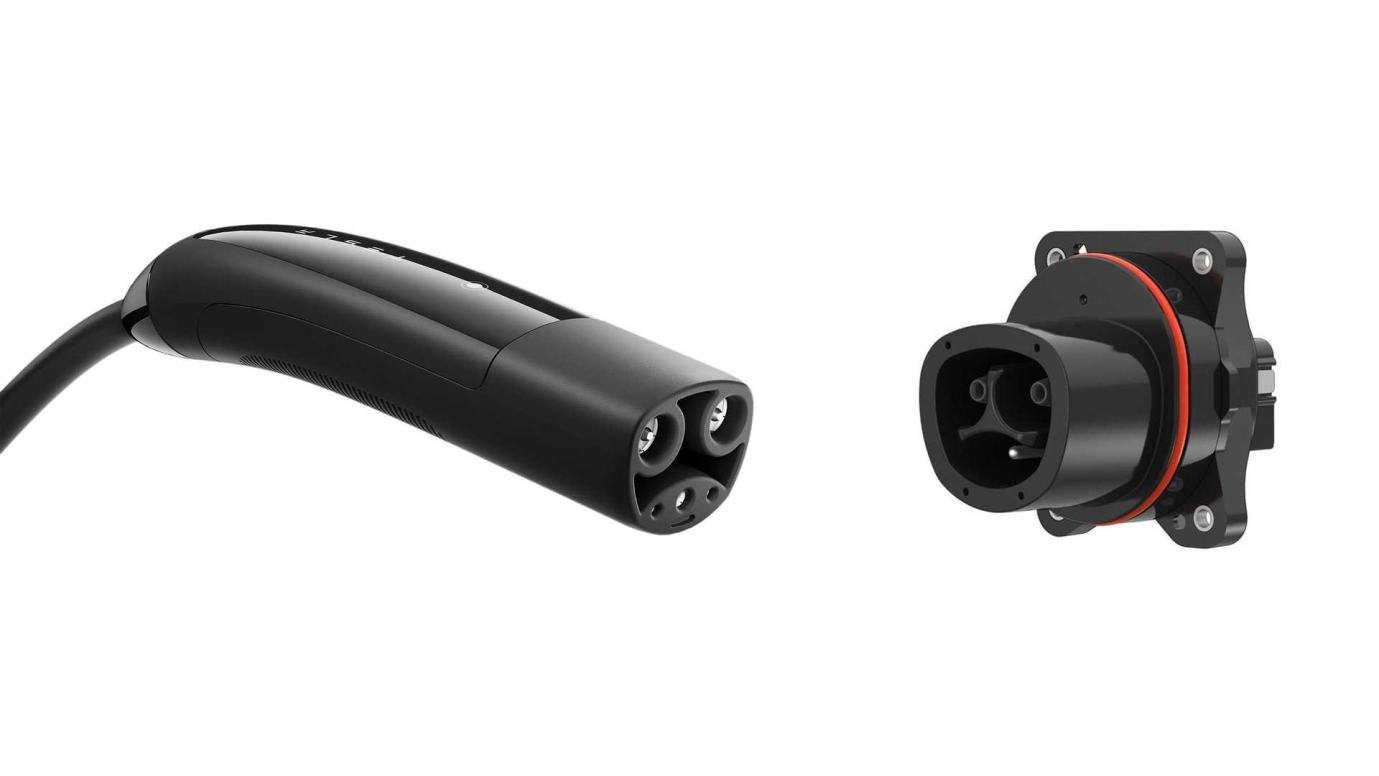 Tesla opening proprietary charging standard
Tesla opening proprietary charging standard
Tesla opens its proprietary charging standard for all electric charging network operators in North America.
In a new announcement, the electric car maker invited all North American electric charging network operators to adopt its charging standard for AC normal charging and DC fast charging.
The new decision comes as a natural development for the most common connector in North America. The system was launched a decade ago simultaneously with the introduction of the Tesla Y model. Since then, it has charged the equivalent of 20 billion miles.
Tesla rebranded its charging system as North American Charging Standard (NACS) and presented it as a worthy and reliable replacement for all charging standards currently in use, namely the CCS Combo 1/ SAE J1772 Combo or the already outgoing CHAdeMO).
 Tesla opening proprietary charging standard
Tesla opening proprietary charging standard
"In pursuit of our mission to accelerate the world’s transition to sustainable energy, today we are opening our EV connector design to the world. We invite charging network operators and vehicle manufacturers to put the Tesla charging connector and charge port, now called the North American Charging Standard (NACS), on their equipment and vehicles.”
Tesla's charging standard is adapted to both AC charging (single phase) and DC fast charging. In the DC charging case, the power may reach up to 1 MW which is double that of the now outdated Combined Charging System (CCS). Tesla didn't announce the 1 MW maximum officially, but it says that it has conducted several successful tests using above 900A continuously with a non-liquid cooled vehicle inlet. In addition to that, both AC and DC configurations are adapted for 500 V or 1,000 V.
Even from a design perspective, Tesla's standard has no moving parts, and is half the size of the CCS connectors, making it far superior.
However, Tesla charging standard in its AC configuration will remain confined to the North American market for the time being. And that’s because of the single-phase design that makes it incompatible with other countries’ systems, notably those found in Europe, where regulations require three-phase circuits for higher power levels (11-22 kW). Theoretically, this issue can be easily resolved by adopting a more universal 3-phase design where companies can still use two non-functional pins for 1-phase markets for example.
The charging standard will have an easy time propagating across the country, seeing how NACS-equipped vehicles make up two-thirds of the total EV fleet in North America.
The decision received a warm welcome from several charging network operators, many of which already have plans to incorporate the standard into their networks.
Standardization may be useful in EV charging systems, but not so much in the car cover industry. What you really need in this case is a custom-made cover that's perfectly compatible with your car's design and measurements.
And that's Coverking's department, with Coverking you can get a high-quality custom-made cover, designed specifically for you, and ready to take on whatever can hurt your car.
Coverking products are designed to keep your car completely isolated from outside elements, whether it was harsh weather, dust, or even thieves. You can count on Coverking to take good care of your car for many years to come.



